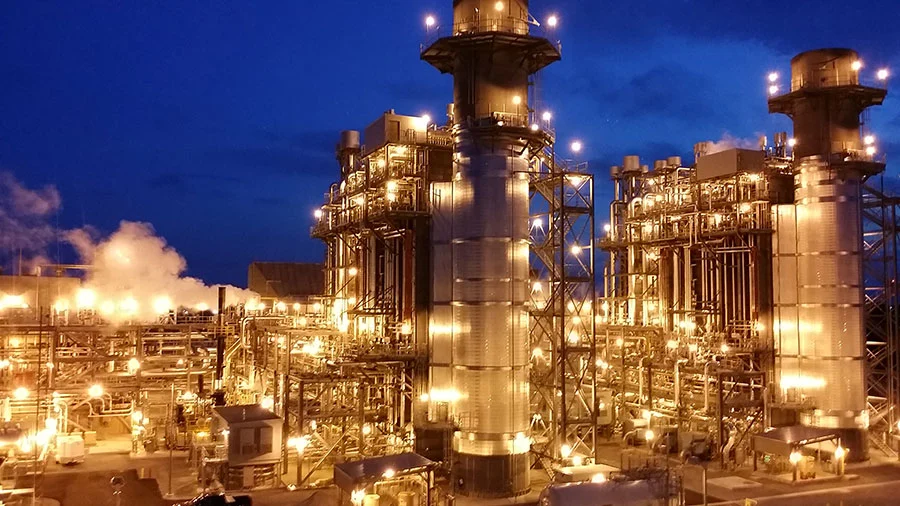Selecting the appropriate system voltage for an industrial power system is crucial. The system voltage impacts the system's efficiency, equipment size, protection considerations, and overall cost. The process is not arbitrary and typically depends on several factors.
Here are the steps and considerations to be taken into account when selecting the system voltage for an industrial power system:
- Load Assessment:
Nature of the Load: Determine the types of loads that the system will serve. Motor loads, resistive heating, lighting, and electronic equipment all have specific voltage requirements. - Load Magnitude and Future Expansion:
Estimate the total magnitude of the present and future load. A margin should be added for potential future growth. - Transmission/Distribution Distance:
Short Distance: For shorter distances, lower voltage might be acceptable since voltage drop and energy losses are minimal.
Long Distance: Higher voltages are more suitable for longer distances to minimize line losses and improve efficiency. - Equipment Availability and Cost:
Consider the availability and cost of equipment (like transformers, switchgear, and cables) for your desired voltage level. - Efficiency:
Higher voltages tend to be more efficient for power transmission due to reduced current and consequently reduced I^2R losses. - Safety:
Higher voltages may require increased safety measures, clearances, and insulation, impacting both cost and physical footprint. - Reliability and Redundancy:
Consider the reliability requirements of your facility. If you need redundancy, this might influence the choice of voltage (and number of feeds). - Regulatory and Utility Constraints:
Check if there are any local regulations, codes, or standards that might limit or guide the choice of voltage.
The utility supplying power might have limitations or specific voltage levels for connection. - Harmonics and Power Quality:
Consider the harmonic content of your loads. Some voltage levels or systems might offer better power quality or are better suited for loads with high harmonic content. - Expansion and Scalability:
Choose a voltage level that allows for scalability. The ability to expand the system in the future without a major overhaul is beneficial. - Environmental Factors:
The environmental conditions, such as altitude, temperature, humidity, and pollution levels, can affect equipment ratings and insulation requirements. Ensure that the chosen voltage level is suitable for the environment in which the system operates. - Comparative Analysis:
Once a few potential voltage levels have been identified, compare them in terms of initial capital cost, operating cost, reliability, efficiency, and other relevant factors to arrive at the most suitable voltage level.
See also Implementing Type 2 Coordination to Improve the Performance of the Motor Control Center
Powered by Inline Related Posts
Remember that each industrial facility might have unique requirements, and it's crucial to consult with electrical engineers and specialists in the field to make an informed decision. The selection process should be rigorous, systematic, and should consider both immediate and future needs.
